The Tribal Museum in Koraput, Odisha, presents the diverse cultural heritage of the local tribal communities. Established in 1993 at the Tribal Research Centre, the museum is nestled in a picturesque natural setting that enables visitors to immerse themselves in the history and way of life of the tribes in Odisha. The museum’s primary goal is to safeguard the lifestyle, artefacts, tools, and art of the local tribes. In the museum, visitors have the opportunity to learn about the traditional customs, social life, rituals, and the development of various tribes in the region.
Tribal Museum Koraput Location
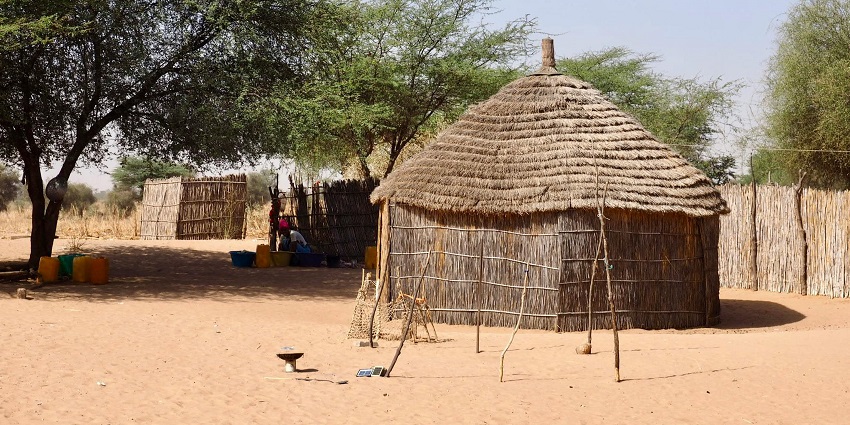
Photo: Timon Cornelissen / Pexels / Image For Representation Only
The Tribal Museum address is the Tribal Research Center, Koraput, Odisha. This museum is situated on a small hillock covered by greenery in Koraput town. The roads connected are DNK road to Fire station road. Nearby landmarks are Kendara, Saraswati Shishi Vidya roadblock near the office and residence of SP. Opposite the tribal museum are the School for the Blind, Koraput and the BSNL Office.
Suggested Read: National Parks In Odisha That You Must Visit For An Exhilarating Experience
How To Reach Tribal Museum Koraput
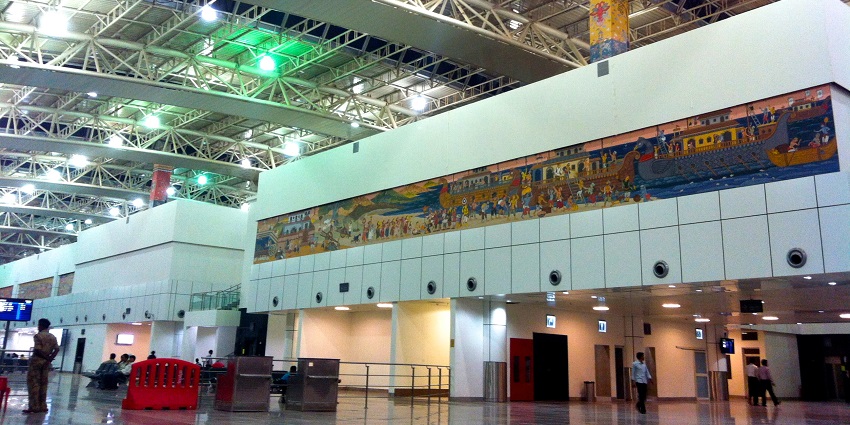
Photo: Subhashish Panigrahi / Wikimedia Commons / Image For Representation Only
By Air: The nearest airport to the museum is Visakhapatnam International Airport which is about 200 km from Koraput. Another option is Biju Patnaik International Airport located approximately 488 km. From there, you can take a taxi or bus.
By Railway: The nearest railway station to the museum in Koraput is the Koraput Railway Station, situated just 2 km from the museum. There are railway connections from Koraput to cities like Bhubaneswar, Visakhapatnam, and Raipur.
By Road: You can visit the museum by road. You can reach Koraput town by state-run buses, taxis, or in your own vehicle. The main bus stop of Koraput is 2 km away from the museum where the museum is located. You can either take an auto or walk to reach the museum.
Things To Do In Tribal Museum Koraput
You can explore the galleries filled with traditional tribal artefacts, small house models and jewellery and learn about actual tribal communities from the close.
1. Explore Galleries And Artefacts
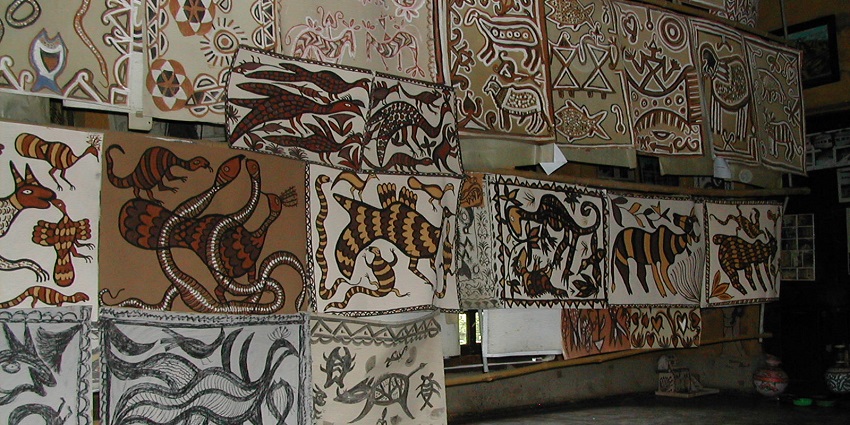
Photo: Gustavimam / Wikimedia Commons / Image For Representation Only
The museum possesses a large number of tribal artefacts, including tools, weapons, household objects, and agricultural tools. These items provide a deep understanding of the tribal people and their daily lives. Here you can observe their hunting tools, fishing tackle, or traditional clothing. An Ethnographic Gallery displays authentic exquisite tribal jewellery, masks, and headgear crucial for the religious and social events of the tribes. Every item is closely connected with the culture of tribes such as Kondh, Bonda, Paroja, and others. Visiting such a gallery, one may read about how these items are made and their meaning during feasts and festivals.
Suggested Read: Blue Splash Water Park
2. Attend Workshops And Events
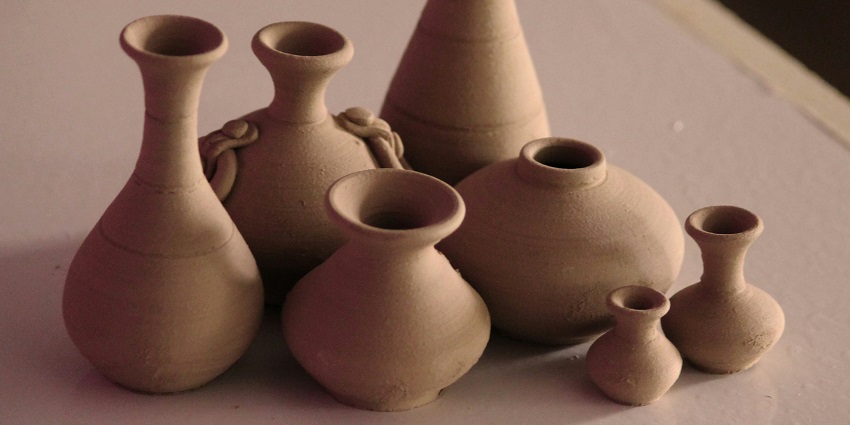
Photo: Oshin Khandelwal / Unsplash / Image For Representation Only
The information provided at the museum primarily pertains to the specific forms of customs and rituals of various tribes. You can view life-size replicas of traditional homes that are furnished with genuine interiors, offering a comprehensive look into the tribes’ way of life. In addition to that, many displays show how the tribes are still attempting to preserve their former ways of life. Pottery, weaving, and painting are the major tribal art forms. Tribal artisans and experts conduct the different workshops which tourists can attend.
Places To Visit Around The Tribal Museum Koraput
Located in the core of Odisha’s tribal region, Koraput provides tourists with serene waterfalls, lush green valleys, and sacred temples in the surrounding areas.
1. Duduma Waterfalls
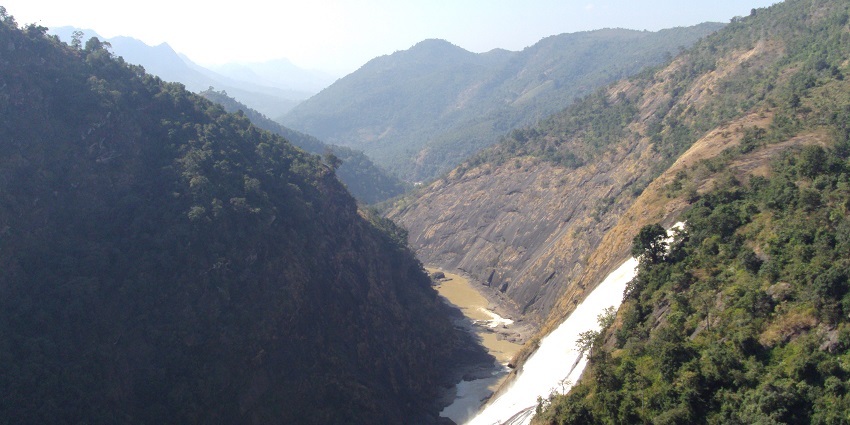
Photo: Bitan.ari / Wikimedia Commons
Duduma Waterfalls is one of the highest waterfalls in Odisha, about 70 km from Koraput. The waterfall is created by the Machkund River, falling from a height of 157 meters. A marvellous view opens from the foot of the waterfall, which is especially great during the rainy season. The area is surrounded by dense forests, which makes it a suitable place for nature lovers and adventurers. Where there are forests, there are also tribesmen as well. This area is inhabited mainly by the Bonda tribe, and the trip is an exciting opportunity to witness their unique way of life.
Timings: 24*7
Entry Fee: N/A
Suggested Read: Best Food In Puri To Let Your Taste Buds Savour
2. Deomali Peak
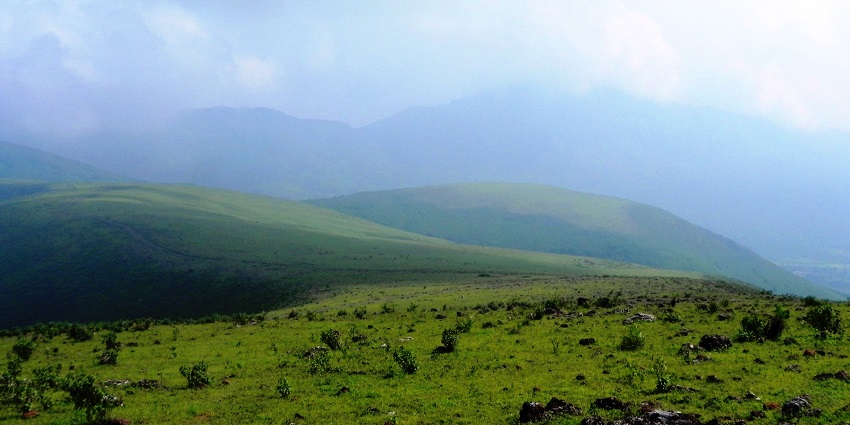
Photo: Manojsahuctp / Wikimedia Commons
At 1,672 meters above sea level, Deomali is the tallest peak in Odisha in India. A popular trekking destination among adventure-loving people, it is located 60 km away from Koraput city. The area is surrounded by thick forests teeming with wildlife. Deomali is a great getaway in the lap of nature to visit and spend some peaceful time and it offers nice camping sites as well as picturesque viewpoints for photography. You can reach it by car and then trek to the top of the hill.
Timings: 24*7
Entry Fee: N/A
3. Gupteshwar Cave
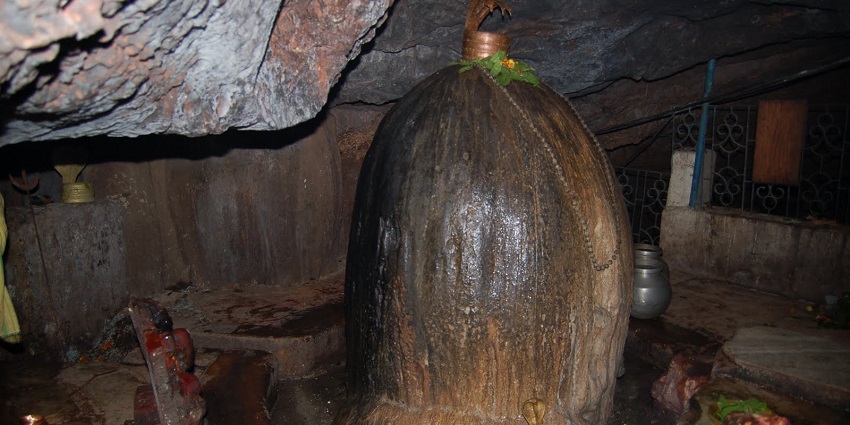
Photo: Indopaedia / Wikimedia Commons
A famous cave shrine of Lord Shiva, Gupteshwar Cave is located at a distance of 55 km from Koraput. The cavities containing the lingam are situated inside the natural limestone caves and are elaborately lit using an intricate system of lighting through which they release gas lamps. Inside the canyon with a beautiful view, naturally formed rocks are said to be of varying sizes and shapes due to their revelation over time. There are trekking trails around the forest area as well.
Timings: 6 AM – 6 PM
Entry Fee: N/A
Suggested Read: Street Food In Bhubaneswar
4. Sabara Srikhetra Temple
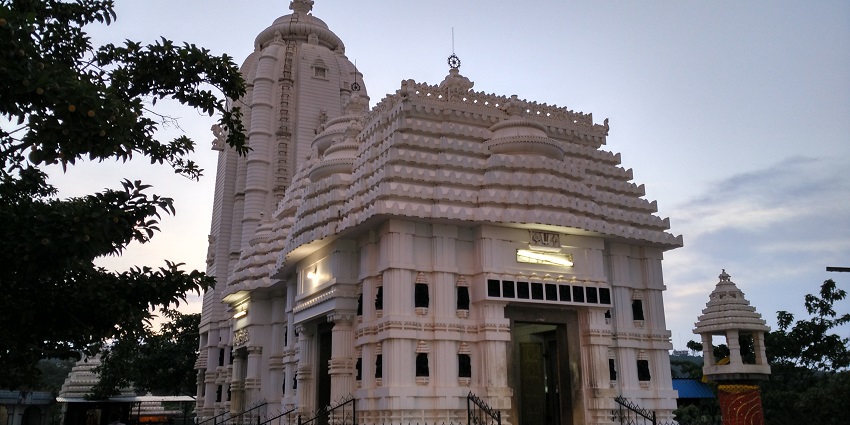
Photo: Panigrahiasmitku / Wikimedia Commons
Sitting at a distance of 22 km from Koraput in the town of Jeypore is an important religious spot, Sabara Srikhetra Temple. It is a replica of the grand Puri Jagannath Temple, and it holds the annual Rath Yatra (Chariot festival), which draws hundreds of thousands of pilgrims from all over Odisha. The temple, which is a very well-developed and important religious site for the local people, will also provide you with a beautiful spectacle of religion that Odisha enjoys.
Timings: 5 AM – 8 PM
Entry Fee: N/A
Other Factors To Consider
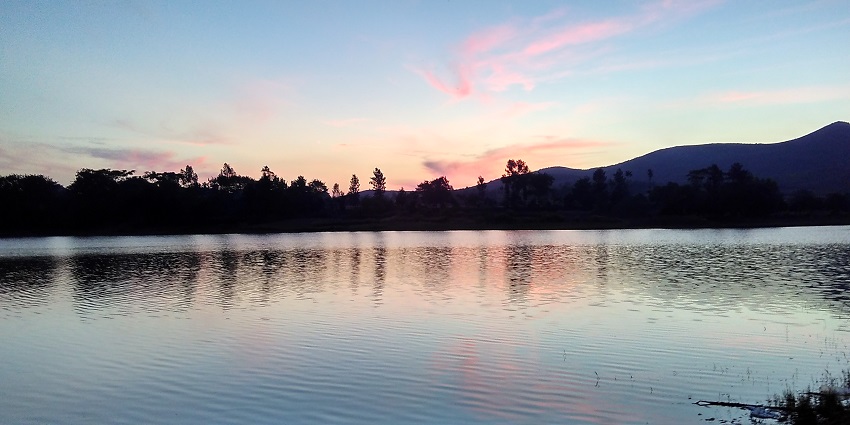
Photo: Panigrahiasmitku / Wikimedia Commons
- Weather: The weather in Koraput is very pleasant, but it is quite cold from November to February. October to March however appears to be the best period to go, for the temperatures are mild.
- Cost and expenses: There are no Tribal Museum Koraput ticket prices. However, make sure you have enough cash for travelling. Accommodation and food expenses are also affordable.
- Additional Tips: It is better to avoid remote areas when it is dark and be with a group when going to the forest or isolated places. Wear comfortable footwear for walking and trekking and check for any guidelines before capturing Tribal Museum Koraput photos.
Suggested Read: Offbeat Places In Odisha
The Tribal Museum Koraput is a place where one can get acquainted with the world of Orisha’s tribes, their customs and traditions. It is a way to learn more about people’s daily lives and traditions in another part of the world, which promotes respect for ethnic diversity. The picturesque location and many natural and cultural attractions make it a great place to visit. So, plan your visit with TripXL today for a seamless experience.
Cover Photo: Steve Browne & John Verkleir / Wikimedia Commons / Image For Representation Only


 WhatsApp
WhatsApp
 Twitter
Twitter









